15 Expert-Approved Tips to Help Combat Dry, Damaged Skin This Winter
If you have dry skin, it sometimes feels as if no amount of moisturiser will quench your skin’s thirst and give it that covetable, radiant glow. While regular hydration is important, because of the numerous reasons that can cause dry skin (genetics, diet, and climate) it takes more than just finding the daily best moisturiser to truly treat severely dry skin. At its core, dry skin is the result of reduced sebum production. “Dry skin occurs when the skin is depleted in oil and water,” says celebrity skincare therapist and expert, Tarryn Warren. “Typically, a dry skin is associated with a lack of natural oils and lipids.” Genetics determine the rate of oil production by the sebaceous glands in our skin, but environmental conditions, such as winter wind and low humidity, also play a huge role in how dry our skin is.

Regardless of what has triggered your dryness, the symptoms are universal. “The main signs are a roughness of texture which can be felt if you glide your fingers across your face and feel a sandpapery texture,” says Warren. “The skin can also have a greyish appearance, flakiness, and in a worst-case scenario cracking and bleeding.” One thing is apparent: dry skin is challenging to experience. But that said, it’s totally possible to manage (if not eliminate) by restoring balance to your complexion.
Keep reading for a deep dive into our experts’ top tips for dry skin, and discover the best serums, cleansers, moisturisers (and more) to help you on your way to a smoother, softer, hydrated complexion.
If you have dry skin, then your skin barrier (the outermost layer of skin) is compromised. According to dermatologist Sonia Khorana, the skin barrier is integral because it’s the body’s last line of defence against the outside environment. “When the skin barrier is damaged, it does a poor job of keeping irritants out of the skin and preventing water loss from the skin,” she says. To fix a damaged skin barrier, Khorana recommends simplifying your skincare routine. “I see a lot of patients using exfoliating acids twice daily and attempting at-home peels and microneedling,” she says. “This level of exfoliation can be very damaging to the skin, as can over-washing.”
Try stripping your routine back to the basics: cleanser and moisturiser. Khorana recommends using gentle cleansing formulas and looking for moisturisers with barrier-supporting ingredients like niacinamide and probiotics.



Ceramides are lipid molecules that are naturally produced by our skin as a means of holding our skin cells together, but in dry and mature skin types they’re typically depleted. “Ceramides are vital to maintaining the skin barrier, retaining moisture, and keeping the skin hydrated,” says Khorana. She advises those with dry skin to look for skincare products that utilise ceramides as an ingredient in order to compensate for low ceramide levels.


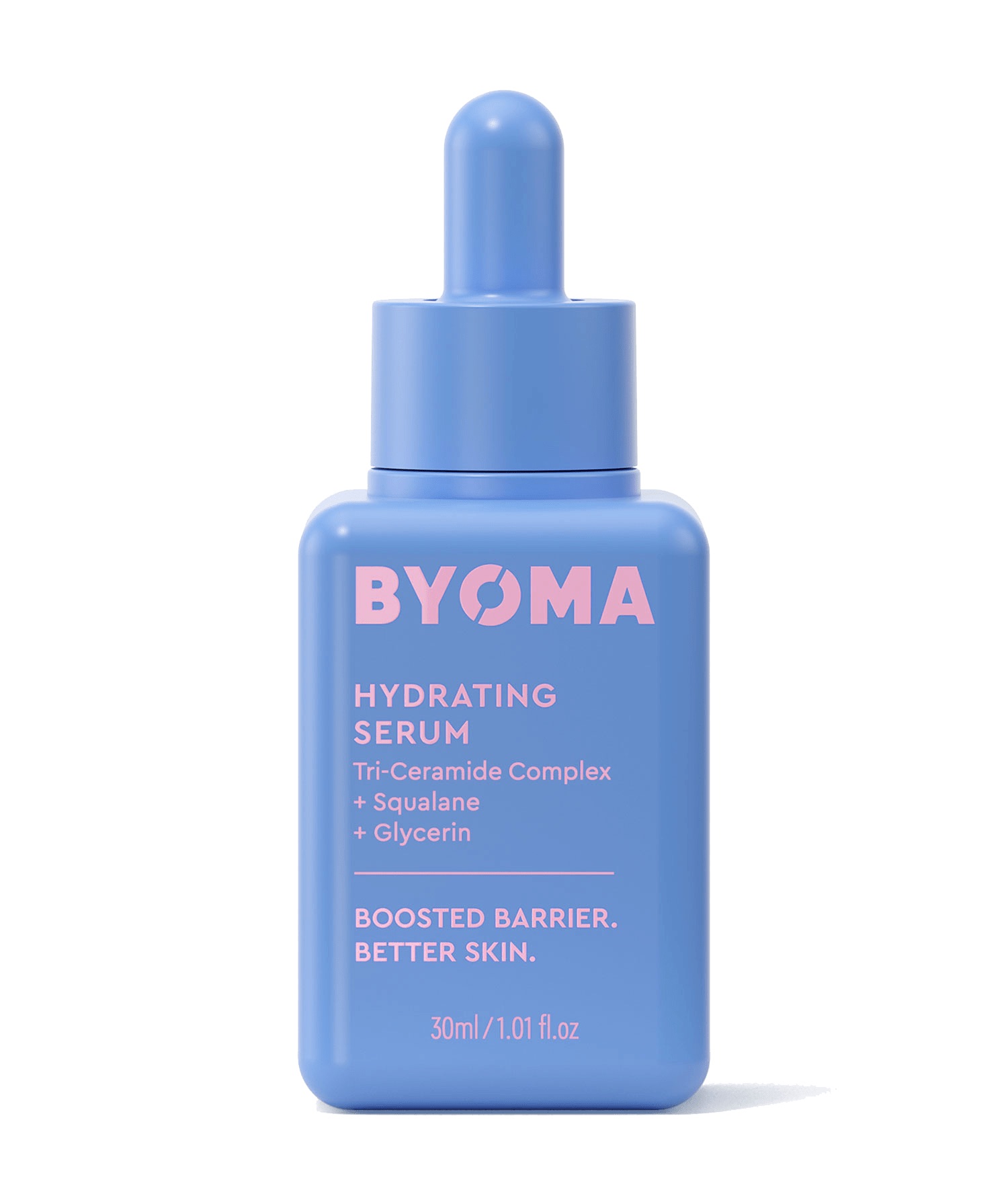
Renowned for its ability to draw moisture into the skin, hyaluronic acid is a key ingredient for treating dryness. “Hyaluronic acid is a humectant, which means that it consists of molecules that have high water-retaining properties,” explains dermatologist Beibei Du-Harpur, PhD. “It can add moisture to the skin barrier and allow it to be plump and elastic.”
Thankfully, you won’t have to look far to find this hard-working ingredient. Most serums, moisturisers, and face mists will be boosted with this hero hydrator since it improves the hydrating properties of other moisturising ingredients within a formula.



In addition, Warren’s top ingredient recommendation is squalane. This oil-like emollient is particularly effective because (although it’s often derived from sugarcane or olives) it behaves similarly to the skin’s own oil (sebum). This means that skin instantly recognises and knows how to use it, making it an incredibly effective ingredient for preventing moisture loss and restoring suppleness.


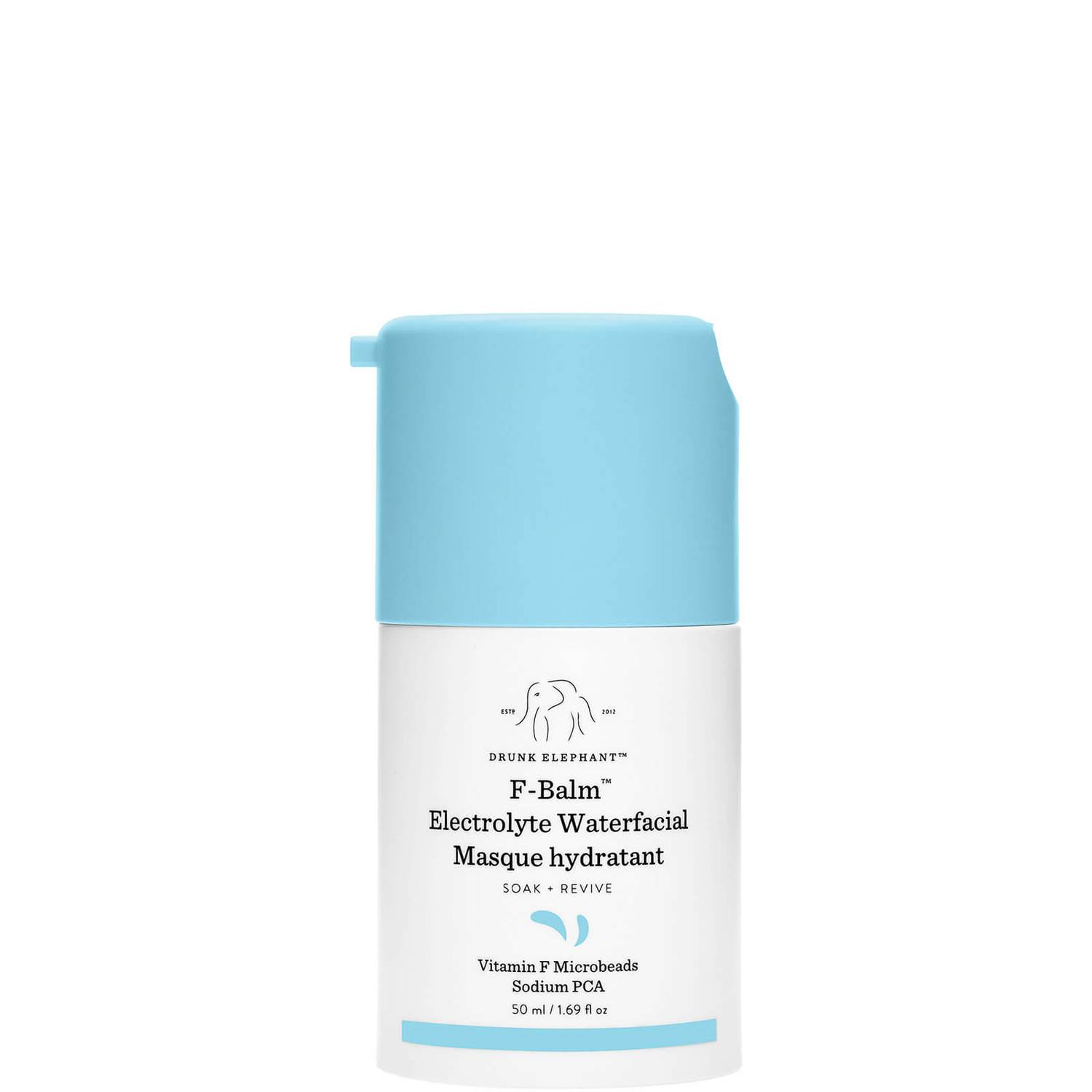
Warren also recommends trying oat-based products, as oat is especially beneficial for those with extremely dry or eczema-prone skin due to their anti-inflammatory properties. She advises adding oat-based products to your bath water if you have dry skin elsewhere on your body, but oat (and its derivatives) are also commonly found in rich moisturisers. “Look for skincare products containing colloidal oatmeal,” advises facialist and skin expert Lauren Hughes. “Colloidal oat can help lock moisture in the skin but it also very anti-inflammatory and can calm sensitive, irritated dry skin.”

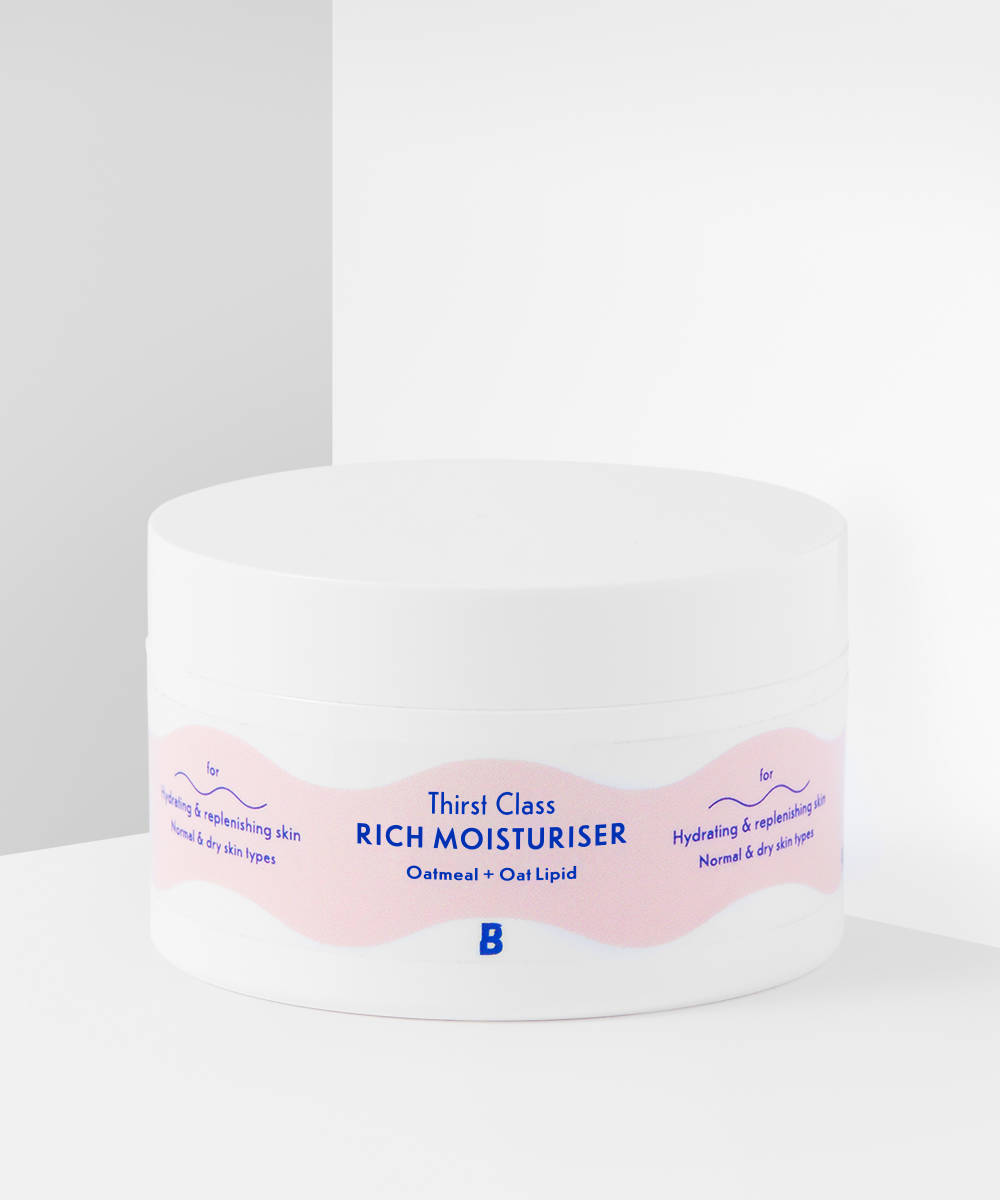

Of course, as well as knowing which ingredients to look out for, it’s equally as important to know what to avoid. Warren advises steering clear of salicylic acid which will only exacerbate dryness, and Hughes recommends avoiding glycolic acid. “Instead opt for polyhydroxy acid products,” she says. “They are far more gentle and can actually help with hydration in the skin.”
Commonly known as PHAs, polyhydroxy acids are one of the more gentle forms of chemical exfoliant, and while they’re still incredibly effective at breaking down dead skin cells, they do so with very minimal irritation, making them perfect for those with dry or sensitive skin.


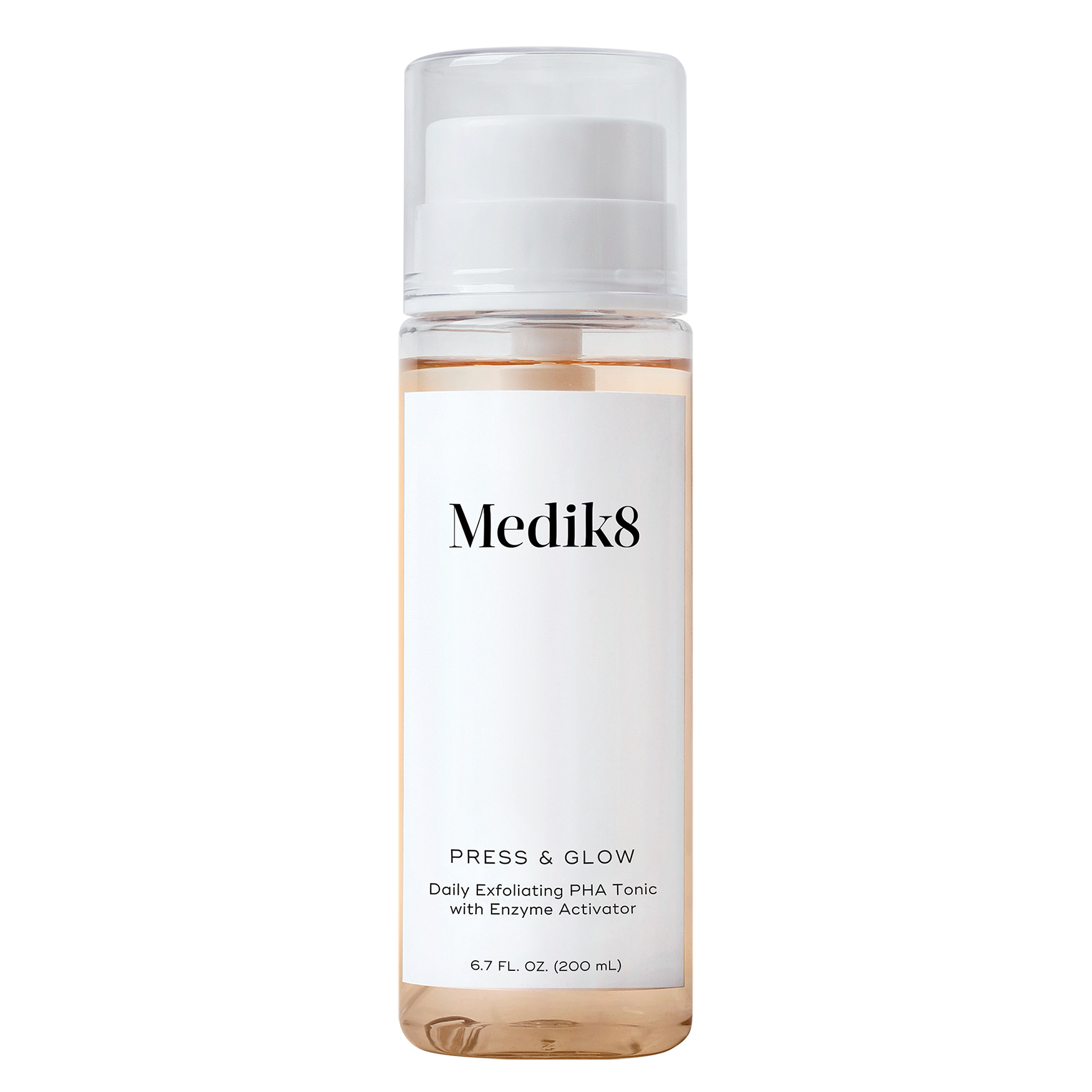
One thing that all the experts I spoke to were unanimous about was the importance of gentle cleansing. “Cleansing is the foundation of a good skin routine and can set you up for success or failure,” says Hughes. “But if you have dry skin, avoid foam and gel cleansers and instead opt for creamy formulas removed with warm (not hot) water.” Warren agrees, “Don’t be tempted to over-cleanse, and if you have dry skin, balmy cleansers are a great choice for cleansing without stripping skin,” she says.
The right cleanser should leave skin feeling soft and comfortable post-cleanse, which indicates that skin has been efficiently cleansed without stripping oils or over-exfoliating.



Even if you have dry skin, exfoliation can still be a key feature in your skincare routine, especially if you want to target the texture caused by dryness. “Flakiness is often a feature of dry skin and it can be tempting to scrub away the flakes with abrasive face scrubs,” says Hughes, “But remember this can cause irritation to the skin and further dryness.” Instead, to remove dead skin cells and smooth skin texture she recommends using a soft muslin or microfibre face cloth to gently slough away rough texture and flakes without irritation.
For extremely dry skin, Du-Harpur recommends taking a cautious approach in order to prevent further irritation. “Exfoliation needs to be done extremely carefully or avoided! A good moisturiser is more likely to help in this scenario than an exfoliant.”

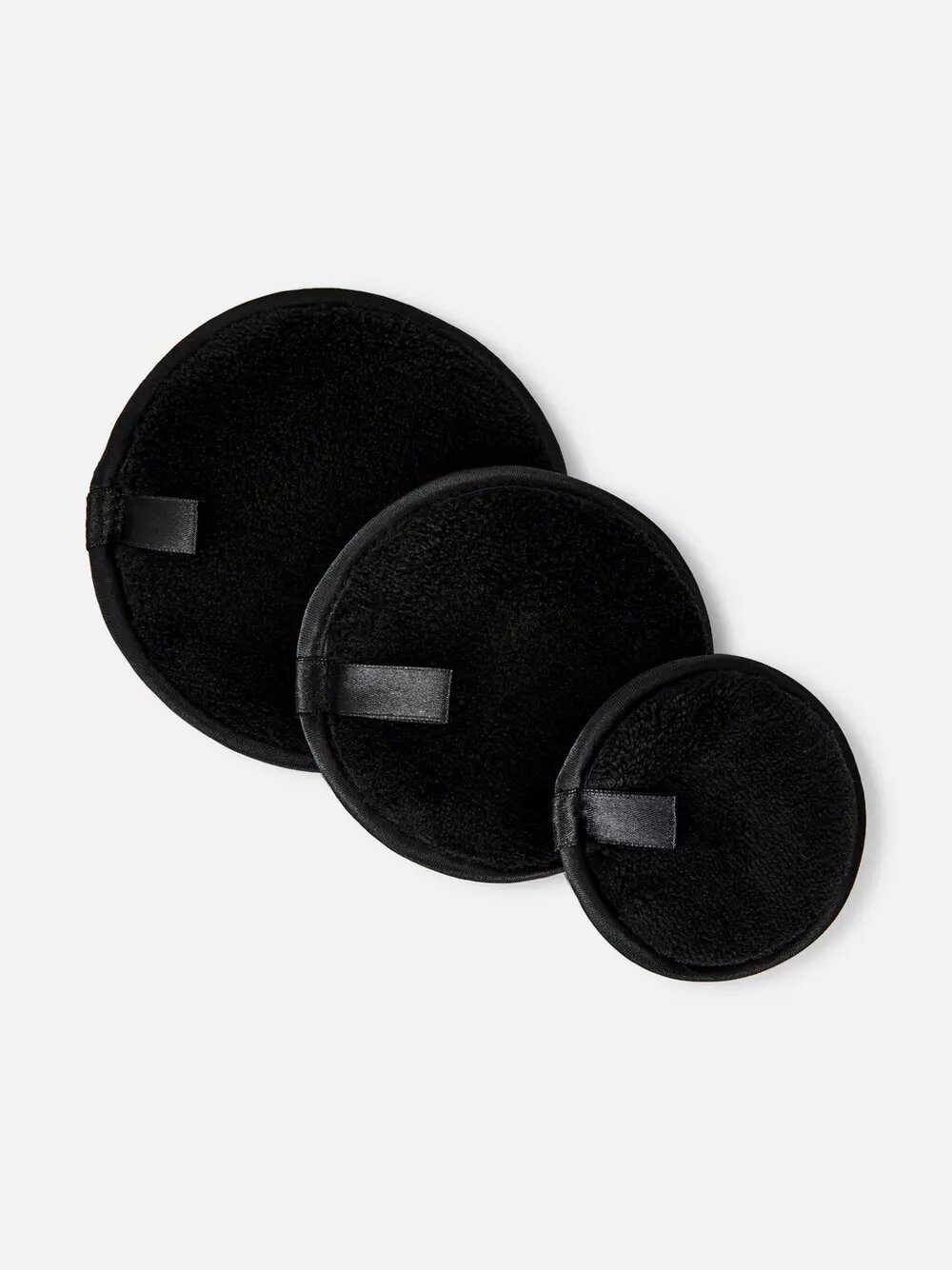
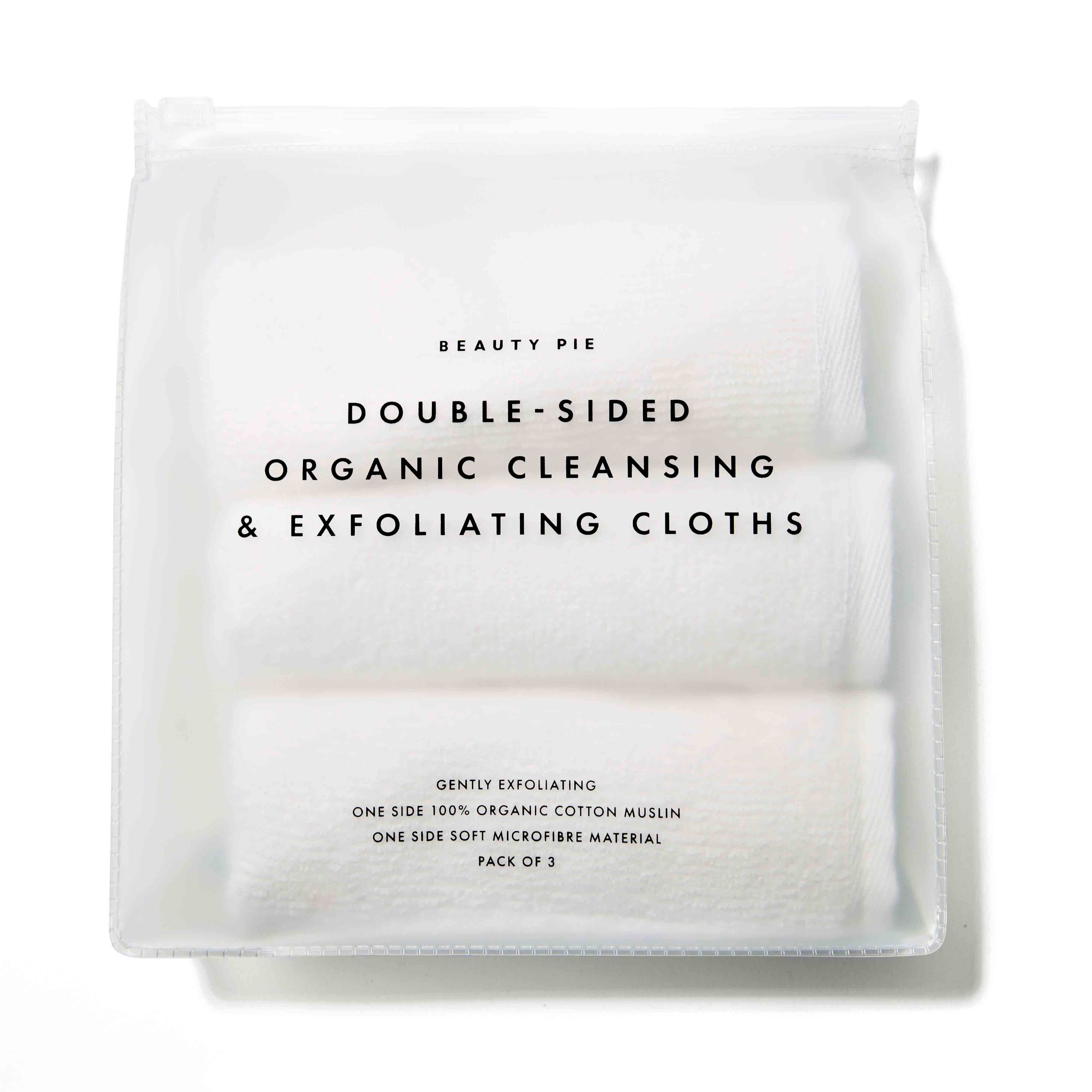
Retinol is another ingredient to be careful with if you’re prone to dryness as it can exacerbate dry skin. “A lot of people are now adding prescription retinoids into their routines on top of exfoliating acids,” says Khorana. “The side effect is a compromised barrier, resulting in dryness and irritation.” She recommends taking a “low and slow” approach, using retinoids every other night and starting with lower percentages rather than prescription strengths.
You’ll find that retinol products come in many forms, but if you have dry skin, use a cream or an oil formula. They act as a kind of buffer to slow absorption, which reduces irritation and means you’re simultaneously moisturising your skin.



We all know the importance of wearing SPF every day in order to protect the skin from the increased risk of cancers and prevent premature signs of ageing. But did you know that UV radiation also has a detrimental impact on the skin barrier? “Sunlight spurs the release of free radicals which wreak havoc on the skin, damaging cells, fatty acids, and collagen,” says Khorana.
The best way to incorporate SPF into your routine is with a separate SPF product at the very end of your morning skincare routine. Apply it liberally, and don’t make the mistake of missing areas such as your under-eyes and neck, where dryness and fine lines are most likely to show.


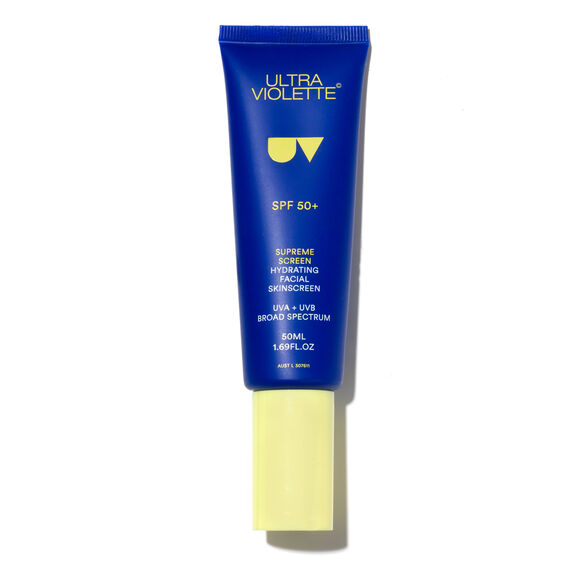
When it comes to the application of your skincare products, Du-Harpur recommends layering products from thinnest to thickest in order to prioritise absorption. “Skincare products are emulsions consisting of water and oil. Thin products tend to be water-based or have higher water content, whereas thicker products tend to have higher oil content,” she explains. “Oil repels water, and therefore layering something thin and water based on top of a thicker oilier product means that you are less likely to benefit from the water-based product.”
If in doubt, simply compare the texture of your products. Typically most routines will start (post cleanse) with a toner or face mist, followed by serum(s), then moisturiser, and finally, oils or balms.

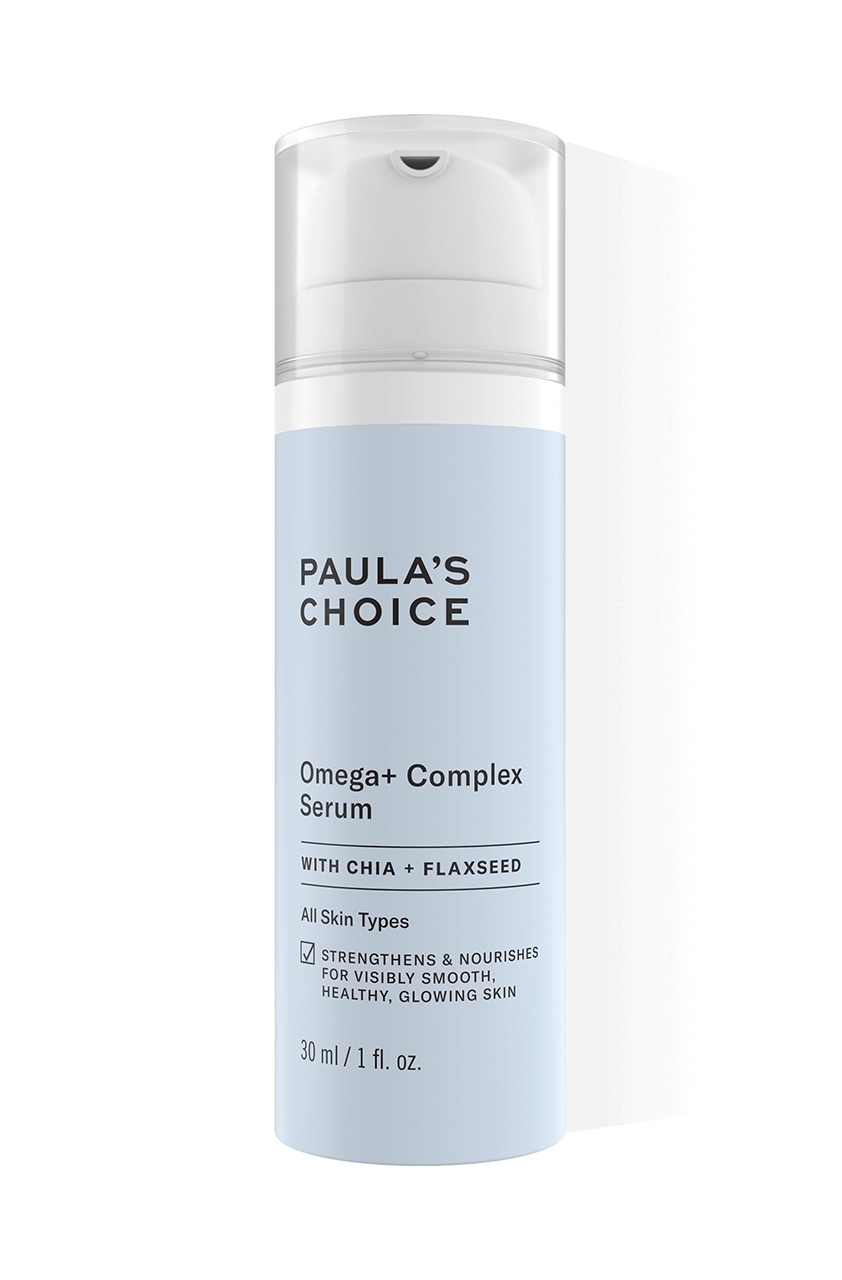

Your skin may feel hydrated and nourished in the hours immediately after you’ve completed your skincare routine, but if you feel the dryness kicking in during the day, Hutton advises keeping a face mist on hand for on-the-go top-ups. “I keep a small one in my handbag at all times to boost my skin throughout the day,” she says. “Just remember to avoid those with alcohol in as alcohol will cause irritation and further dryness.”
For soothing relief to very dry skin, look for milky face mists. With formulas boosted by ingredients like ceramides and probiotics, they go a step further than their regular counterparts and deliver serum-like levels of moisture.



Above all, when choosing new products to add to your routine, always keep your dry skin front of mind. “Look for products that use words like nourish, omega, balm, and oil,” says Warren. Since oil is what your skin is lacking in, it should be a key ingredient in your routine. “Buy yourself a non-perfumed facial oil and add a few drops to your moisturiser when the weather gets colder,” she recommends. “Eventually, switch to using the oil as an extra step on top of your moisturiser.”
Ending your skincare routine with a thicker textured product like a balm or an oil will help to seal moisture into the skin and prevent it from escaping. This technique is commonly known as ‘slugging’ but has long since been recommended by dermatologists and skin professionals to help counteract winter skin dryness.
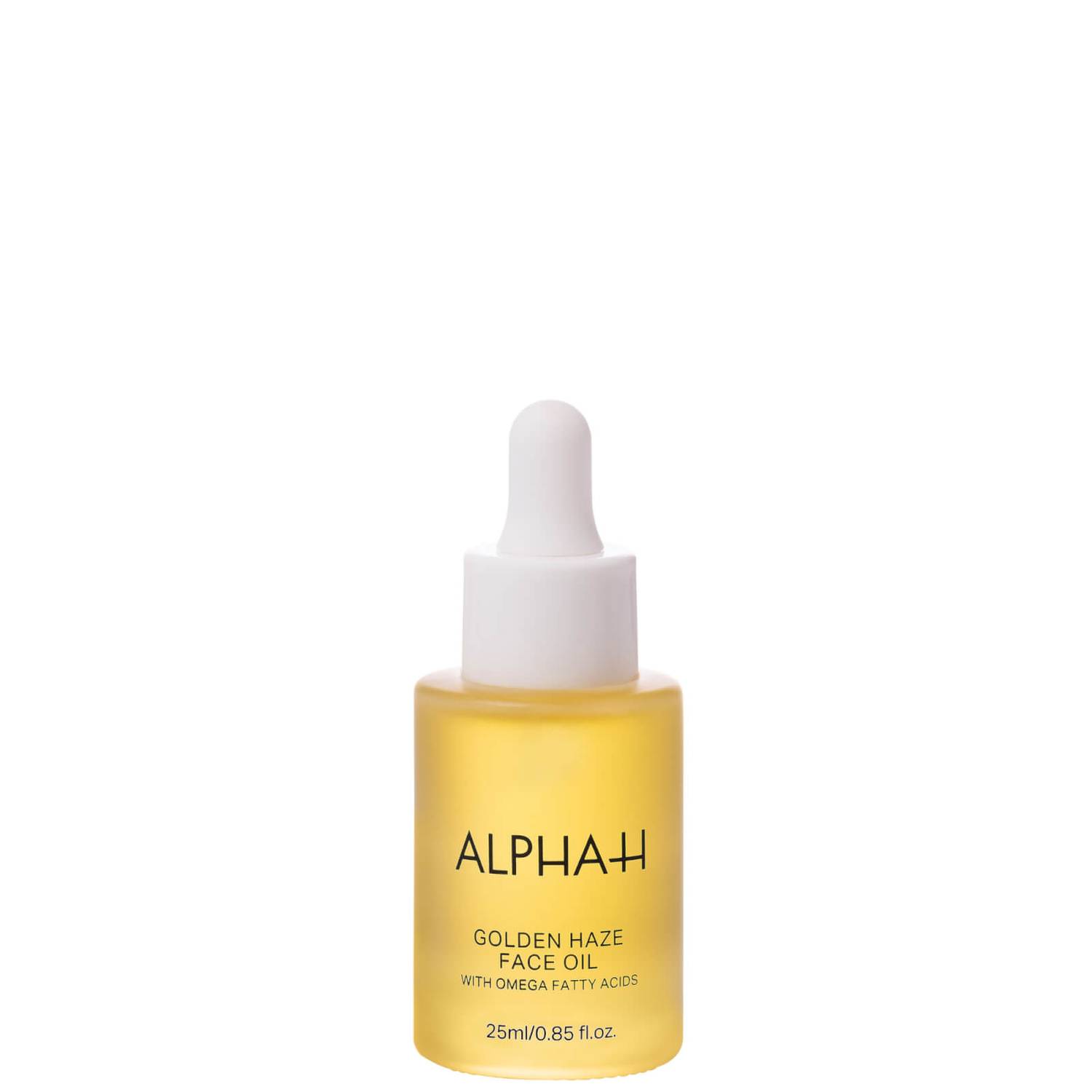


Most people associate breakouts with oily skin but actually dry skin can be acne-prone, too. Don’t be tempted to skip out on moisturising just because you’ve had a breakout, however. Remember that hydrated skin is healthy skin and healthy skin is better able to defend against acne-causing bacteria, as well as faster at healing breakouts and pigmentation.
The key, of course, is in choosing the right products and ingredients. “If you’re experiencing dryness and breakouts, avoiding products with comedogenic (pore clogging) oils such as coconut and avocado oil is very important,” says Hughes. “My favourite face oil to help replenish lack of moisture without causing breakouts is rosehip seed oil since you can layer it under moisturiser in the evening.”
In addition, choose non-drying spot treatments and look for calming ingredients like cica and green tea, which will help to reduce the inflammation of spots without further irritation.

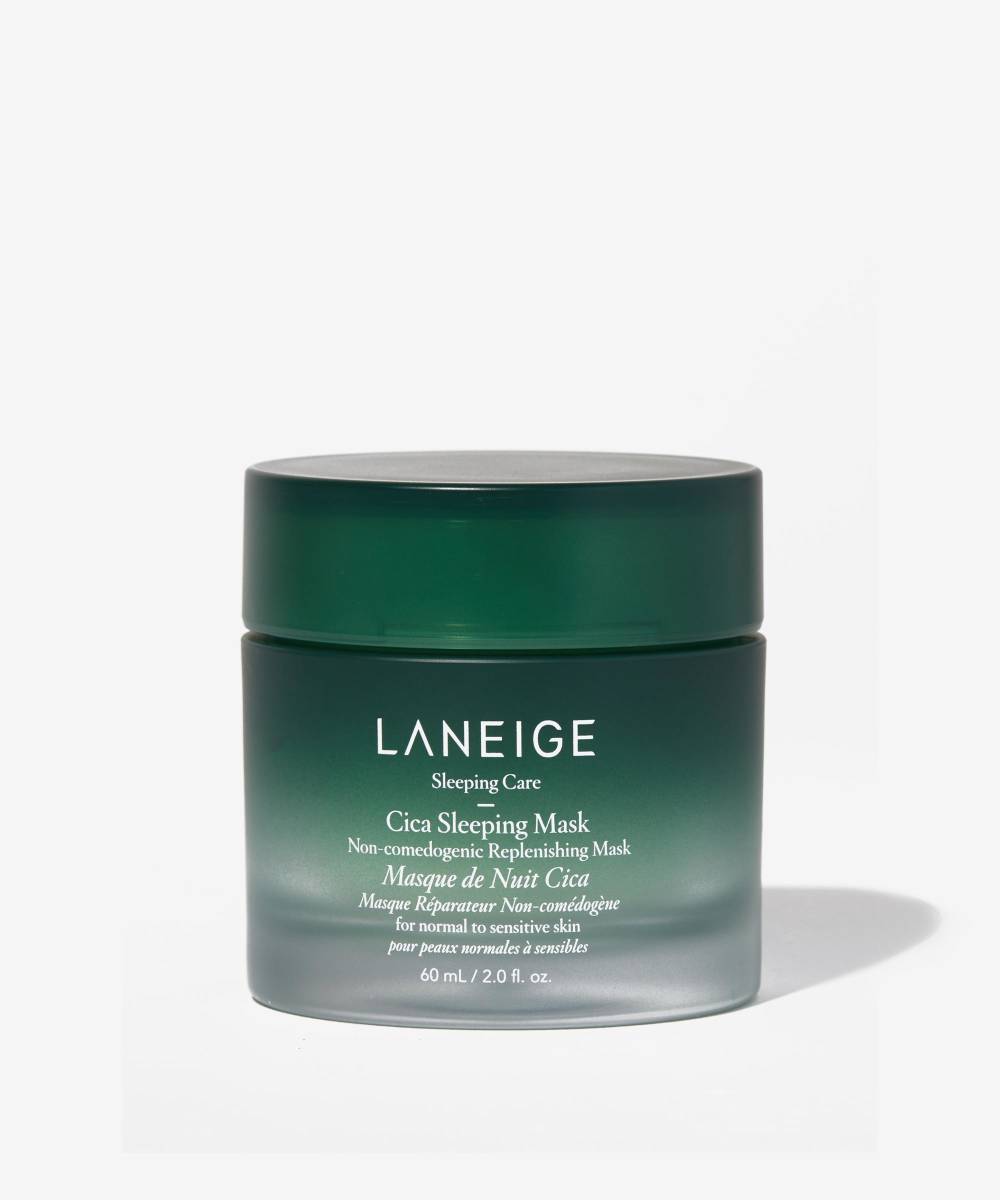

It’s every bit as important to consider how what you put in your body impacts your skin just as much as the products you apply topically. With a background in nutrition, Warren advocates the importance of increasing consumption of natural omega 3 and omega 6 from oils like linseed and pumpkin oil. “I spent a couple of years managing a medical health resort in Austria where one of the core treatments was raw oil shots in the morning,” she says. “I was startled by the effect this had on dry skin and inflammatory conditions like eczema.”
Lorraine Perretta, Head of Nutrition at Advanced Nutrition Programme also recommends omegas 3 and 6. “Dry and sensitive skin may benefits from omega 3 fatty acids found in oily fish, which can help replenish and support a compromised skin barrier,” she adds. “They have also been shown to have anti-inflammatory properties.”
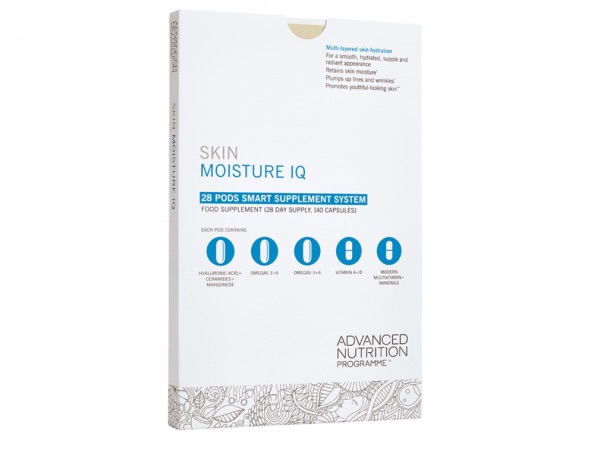


Up Next: Dermatologists Say These Products Are Not Worth Splashing On – But These 3 Are
For all the latest fasion News Click Here

